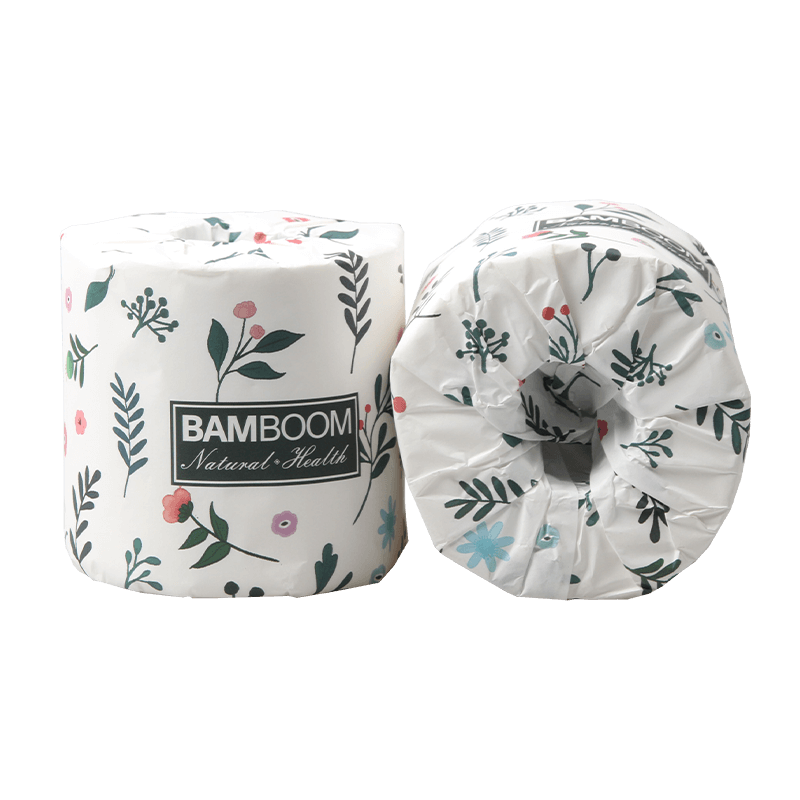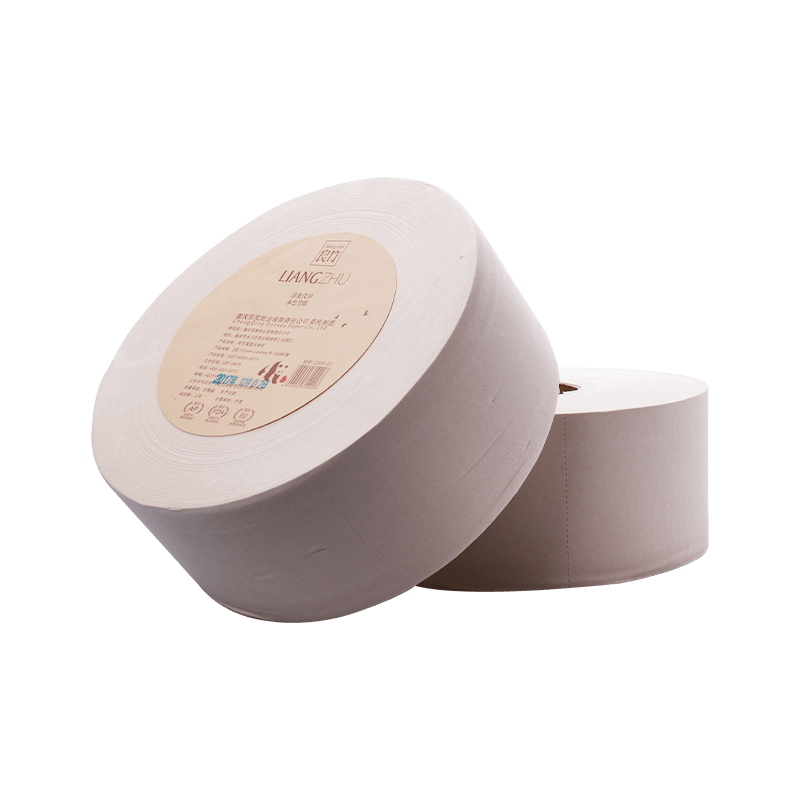Scaling the Production of Bamboo Toilet Paper: Challenges and Strategies
Bamboo toilet paper is an alternative to traditional paper products as it is eco-friendly. However, scaling up its production to keep up with the growing market demand is an issue that needs to be addressed with strategies focused on efficiency, sustainability, and cost-effectiveness for the manufacturing of bamboo toilet paper.

The Growing Popularity of Bamboo Toilet Paper
Bamboo toilet paper is one of the more popular products that stemmed from the increasing demand for eco-friendly products. Over the years, bamboo toilet paper has been marketed as a more renewable and sustainable alternative to traditional wood-pulp toilet paper.

1. Bamboo as a Sustainable Raw Material
Bamboo is one of the fastest growing plants and it is a means to a wide variety of products including toilet paper. Furthermore, it is more sustainable than the traditional paper producing trees as they take 3 to 5 years to mature and can be harvested regularly. Traditional tree based toilet paper takes decades to mature. This means that the rapid growth cycle of bamboo decreases deforestation, one of the most concerning issues with the paper industry.
In comparison with other crops, bamboo uses water and land efficiently. It does not require a lot of water, and irrigation bamboo systems help conserve water in water scarce areas. Additionally, bamboo naturally absorbs more carbon dioxide than most trees, which helps mitigate the greenhouse effect.
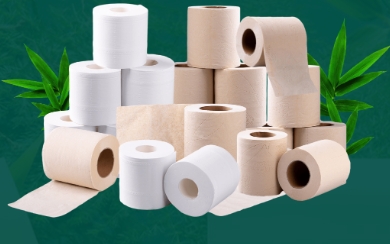
2. Eco-Friendly Manufacturing Process
The advantages of bamboo toilet paper to the environment also include its manufacturing process. Bamboo toilet paper production has the potential to be more eco-friendly compared to most plain toilet paper which uses harmful chemicals and bleaches with chlorine. Unlike most bamboo toilet paper brands, the more sustainable brands use chlorine-free bleaches or other less harmful substitutes like hydrogen peroxide.
In addition, the energy consumption during bamboo pulping to manufacture toilet paper is less than that of hardwood, and bamboo toilet paper manufacturers are more likely to process wastes by recycling and reducing net wastes to help the environment.

3. Increased Consumer Awareness of Sustainability
Growing consumer awareness of sustainability issues is one of the reasons for the rising popularity of bamboo toilet paper. As deforestation, pollution, and climate change become more severe, consumers search for products with a low environmental impact.
4. Softness and Performance
Although bamboo toilet paper is marketed as an environmentally friendly alternative to traditional toilet paper, many customers are surprised by its overall quality and performance. Soft, strong, and almost always guaranteed to be an excellent alternative to traditional toilet paper. Just because it is environmentally friendly does not mean it will lack in softness, absorbency, and strength to satisfy the consumer.
Also, bamboo is hypoallergenic, resistant to bacteria, and as a result suitable for people with sensitive skin or allergies. These performance characteristics of bamboo toilet paper are the reason many consumers will keep coming back. Many consumers will continue using the product not only for its benefits to the environment but also because it is of higher quality.
5. Growing Availability in the Market
More businesses are beginning to grow within this vertical. Once marketed mainly to niche consumers, bamboo toilet paper is now available in many brick and mortar and online stores. Major retailers now sell and sell bamboo toilet paper in an assortment of packaging. A large proportion of these retailers now use recyclable or biodegradable materials in their packaging.
6. The Economic Benefits of Bamboo
Though many consumers see bamboo toilet paper as an overpriced, a margin in production costs and selling price makes it attractive to many producers. Compared to pulp from traditional trees, pulp from bamboo can be harvested at a much higher rate. Additionally, bamboo predominantly grows in low-grade soil where it survives without much herbicides or pesticides, both of which are costly for producers.

Challenges in Scaling the Production of Bamboo Toilet Paper
| Challenge | Description | Impact |
| Sustainable Bamboo Supply | Securing a consistent and sustainable supply of bamboo to meet increasing demand. | Supply disruptions could lead to production delays or increased costs. |
| Energy Consumption | High energy requirements in production processes, particularly for pulping and drying. | Increased operational costs and higher environmental impact due to energy use. |
| Transportation and Logistics | Cost and logistical challenges associated with transporting bulky and heavy bamboo. | Higher transportation costs and potential delays in product delivery. |
| Inventory Management | Managing large volumes of raw material and finished goods to meet market demand without overproduction. | Stockouts or overproduction leading to inventory imbalances and financial inefficiency. |
| Quality Control | Maintaining high-quality standards for softness, absorbency, and strength as production scales. | Inconsistent product quality could result in customer dissatisfaction and returns. |
| Cost vs. Affordability | Balancing cost of production with affordability for consumers, as bamboo toilet paper can be more expensive. | Limited market reach if pricing is too high for the mass market. |
| Regulatory Compliance | Meeting environmental and regulatory standards, including certifications for sustainable practices. | Risk of fines or market restrictions if regulations are not met, impacting production. |
| Consumer Education | Educating consumers on the benefits of bamboo toilet paper and its superior environmental impact. | Slow market adoption if consumers are not fully informed or convinced about the benefits. |
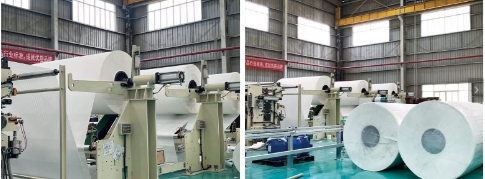
Key Strategies for Scaling the Production of Bamboo Toilet Paper
As the popularity grows, bamboo paper manufacturers are looking to scale production to meet rising demand. Scaling up production effectively, while maintaining sustainability, quality and cost-efficiency, requires careful planning and strategic implementation.
1. Securing a Reliable Supply of Bamboo
The initial challenge when expanding production of bamboo toilet paper is obtaining consistent and sustainable bamboo supplies. Bamboo is environmentally friendly and highly renewable, with a harvest cycle of three to five years. However, to meet demand during scaling production without complications, manufactures need to implement a dependable, consistent supply chain for bamboo.
The extent to which production of bamboo toilet paper can be expanded is determined by the ability to procure sufficient quantities of quality bamboo. Establishing bamboo supply chains built on long term relationships and equitable and sustainable farming practices is fundamental. Certification of sustainable bamboo farming ensures that the product is responsibly harvested and harvested without contributing to environmental degradation. Furthermore, sourcing bamboo from different areas will reduce the risk of crop failure and adverse climate conditions, as well as geopolitical instability in one region.
Apart from regional diversification, companies can also pursue vertical integration by developing direct supply relationships with bamboo plantations. This will facilitate control of the quality of supply and production for a cost sustainable and reliable bamboo resource.
2. Optimizing Manufacturing Processes
As production volumes rise, the necessity for optimizing manufacturing processes becomes unavoidable, balancing quality and sustainability challenges while scaling up. Bamboo toilet paper manufacturing includes pulping, bleaching, and rolling, in addition on optimizing each performance steps. Each stage must be performed and optimized in order raw inputs in larger volumes while upholding the required performance and quality standards at each stage.
Investments on automation are some of the most impactful pursuits in manufacturing. Automation on the steps of pulping, bleaching, and rolling increases production velocity while maintaining uniformity. Automation enhances precision and consistency, minimizes quality degradation during scaling, and assists in waste reduction. Operational efficiency gained through automation translates to profitable meeting of demand on growing of toilet paper.
While energy efficiency and cost reduction are compatible goals, aggressive investments on energy retrofits should be made to meet desired cost and environmental goals. During pressing and drying, toilet paper production becomes energy intensive. Renewable energy inputs, energy recovery technologies, and solar or biomass energy sources should be relatively cheap in rectifying energy intensive processes. Production variables should still be reviewed and optimized on to support lean manufacturing to minimize waste and maximize throughput.
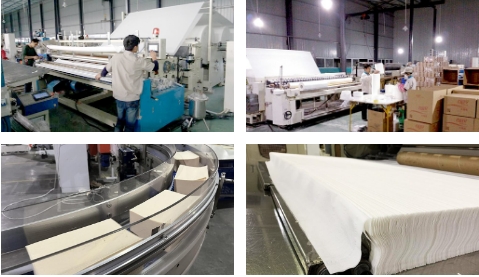
3. Expanding Production Capacity
To scale the production of bamboo toilet paper, manufacturers need to expand their production capability, which may entail the construction of new facilities, the upgrading of existing ones, or the addition of new production lines to satisfy forecasted demands. However, there is a need for commercially viable, meticulous, and reasonable planning in striving for expansion.
To a certain extent, producers decide to establish regional production centers close to mainstream markets. Such regional facilities keep delivery charges and time close to reasonable demand levels. Moreover, they help mitigate supply chain vulnerabilities by geo-fence bamboo provisioning to a regional supply, thus reducing the need for long-haul, intercontinental freight.
Expanding production capability may also include the installation of incremental or modular production systems. Such systems allow the interstitial addition of new production units to existing lines, thus providing an expansion option with minimal disruption to prevailing operations. Such systems may also be tailored to a range of production requirements and adjusted for the various levels of demand that may be placed in a flexible manner within a bounded period.
4. Streamlining the Supply Chain and Logistics
To scale production, there is a need to optimize the supply chain of bamboo toilet paper. With production scale-up, the complexity involved in the management of raw materials, finished goods, and distribution channels also increases. Ensuring bamboo toilet paper is sent to consumers in a timely manner, and in the required target volume, depends on how effective the supply chain is.
For manufacturers, the need to optimize the supply chain and work on the efficiency of raw material and finished goods distribution is vital. This revolves around the improvement of the integrated portion of supply and distribution systems, with the focus on tracking over and under stagnant bamboo raw material and finished goods supplies, to prevent disruptions in the supply chain. Management of supply chains also minimizes waste and enhances sales opportunities.
Logistics also need to be factored in. Manufacturers can further optimize their shipping and packaging by using bulk shipping and decreasing packaging materials, which can consequently lower shipping costs. Moreover, local distribution centers can be set up to improve delivery times and reduce the shipping distance.
5. Balancing Cost and Market Demand
Even though bamboo toilet paper garners a premium position in the market because of its eco-friendly qualities, many consumers do not ignore the cost issue. Therefore, the most important thing for manufacturers aiming to improve market outreach is to reduce production costs as a prerequisite to increasing market demand.
The most effective means to reduce costs is the achievement of economies of scale. When production of bamboo toilet paper increases, the cost of production for each individual unit decreases, eventually lowering the selling price for customers. Manufacturers can also improve operational effectiveness and cost control by removing inefficiencies, waste, and expensive substitutes for primary raw materials. Moreover, the adoption of certain eco-friendly initiatives can also reduce costs, as manufacturers will, for example, use less water, biodegradable packaging, or other environmentally safe disposables in the production process.
Manufacturers will always be under cost constraints and, therefore, will inevitably sustain a level of premium quality. In this sense, the bamboo toilet paper will always be premium quality.
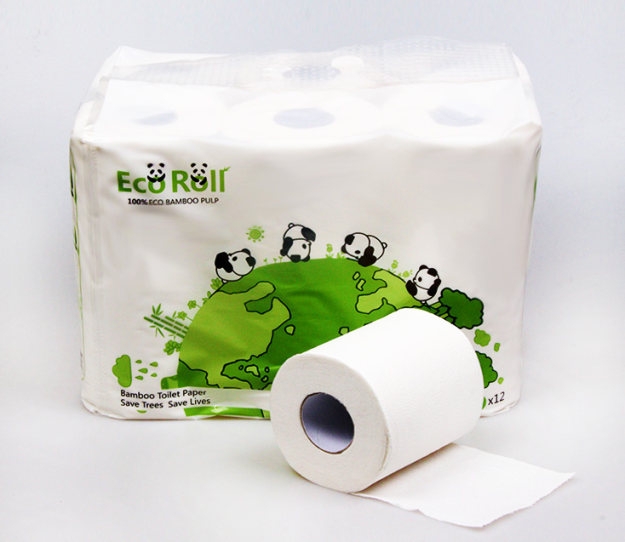
6. Marketing and Educating the Consumer
Scaling production is just one part of the equation growing the availability of bamboo toilet paper will also need solid marketing and educational campaigns targeting the consumers. Even though the popularity of bamboo toilet paper has increased, many consumers still do not know the benefits of bamboo, especially when compared to traditional wood pulp toilet paper. Driving demand volume is possible when consumers’ choices are explained to them.
Marketing campaigns need to explain the benefits of bamboo such as fast growth, low water usage, and low environmental impact as just a few of the many selling points. Consumers need to understand the benefits of bamboo toilet paper and appreciate the softness, strength, hypo-allergic properties, and overall performance of bamboo as a toilet paper is superior than the traditional alternatives.
As the market for bamboo toilet paper grows, manufacturers will need to build brand loyalty through transparent communication about sustainability, product quality, and eco-friendly production practices.

Summary
The opportunities and challenges of producing bamboo toilet paper at a larger scale are considerable. However, practicing sustainable sourcing, refining manufacturing, optimizing the supply chain, and addressing market demand make it possible for manufacturers to scale production while upholding the sustainability values associated with bamboo toilet paper. Increasingly, innovative, quality-focused, and sustainability-driven production efforts position bamboo toilet paper to make a significant contribution to the global market for sustainable and ethically responsible consumer goods.

